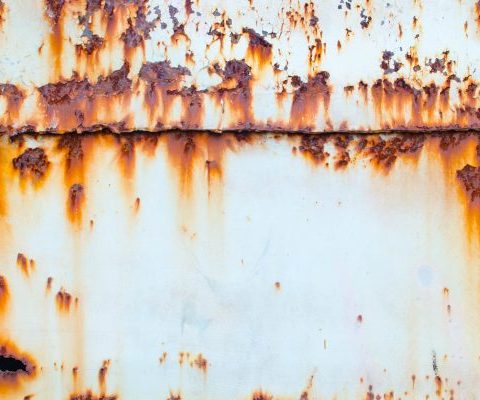Search Results for: brat


What exactly is rust?
Metal has always been used to build fundamental structures. Due to its strength and durability, it remains popular to this day. But like any other material, metal also has vulnerable sides. Their presence and causes the use of specialized means – paints on metal.
What is rust
The main disadvantage of metal is its susceptibility to corrosion. Rust on the surface of the metal is a consequence of oxidizing processes occurring in the metal. Rust on a small piece of metal quickly spreads further, and now the entire metal part is covered with an unpleasant red color. In addition to spoil decorative properties, the rust breaks the texture of the metal, making it brittle and not durable. There is one method of rust control. It should be scraped off the metal, treated with anti-corrosive primer, and covered with protective paint. However, now there are paint products on sale that are designed to protect the metal from the damaging effects of corrosion without additional treatment.
The pros and cons of anti-corrosion paint
It is not always possible to remove the rust from the metal. The affected surface may be large in area, or the place is difficult to access, or the part is metal of such a design that you can not get close to it. For such cases and created an anti-corrosive paint on the rust. The advantages of corrosion-resistant paint include:
- The possibility of applying the paint directly on the affected surface, without prior cleaning.
- Saving time, the material will not have to be covered with several layers of different preparations.
- Protective coating on the metal surface, designed to protect against moisture and dirt.
- Durability of the coating that protects the metal from corrosion. Up to 8 years of protection.
- Rapid drying of the paintwork material.
- Huge palette of colors, wide choice of shades.
The disadvantages of the anti-corrosive paint include the impossibility to paint surfaces, operation of which occurs at temperatures above 150 degrees. In addition, the toxicity of the paint does not allow its use where there is contact with drinking water.
Paint types
There are 5 types of metal paints depending on the composition:
- Metal epoxy paint. The addition of epoxy resins in this paint makes it toxic. Because of this, the use of epoxy paint is not widespread, household items are not allowed to paint with it. Paint is used rarely and only in places where the metal is exposed to high temperatures, as this paint can withstand them.
- Oil paint on metal. The oil paint contains oils and natural olive. The paint is used for interior finishing works. This paint is not suitable for outdoor work, as it is unstable to changes in air temperature. The protection of metal against corrosion will be broken.
- Alkyd paint for metal. Used for galvanized surfaces. The advantage of alkyd paint is its high degree of adhesion, it is a pleasure to apply such paint. But application near heated parts of the metal structure is prohibited – the paint is extremely flammable.
- Acrylic paint on metal. Despite the relatively recent appearance of this paint on the market, it has managed to win the respect of professionals. Acrylic coating is characterized by long-term protection of the metal structure, up to 8 years of corrosion-free existence. It is not toxic and can be used both outside and inside. Besides, it successfully withstands heating of a structure, it is used even for painting radiators of heating.
- Hammer paint on metal. The paint composition includes epoxy, alkyd and acrylic bases, added fine glass and aluminum powder. The name “hammer paint” was given for the similarity of the final coating to the surface of the hammer striker: rough to the touch with a pronounced metallic gloss. Resistant to moisture, vibration and temperature fluctuations. Wide range of colors and textures: Matt, glossy. Application in two coats replaces the primer and final coating.
Knowing the pros and cons, the specific application of each paint, you will make the right choice of anti-corrosive paint for the metal.
